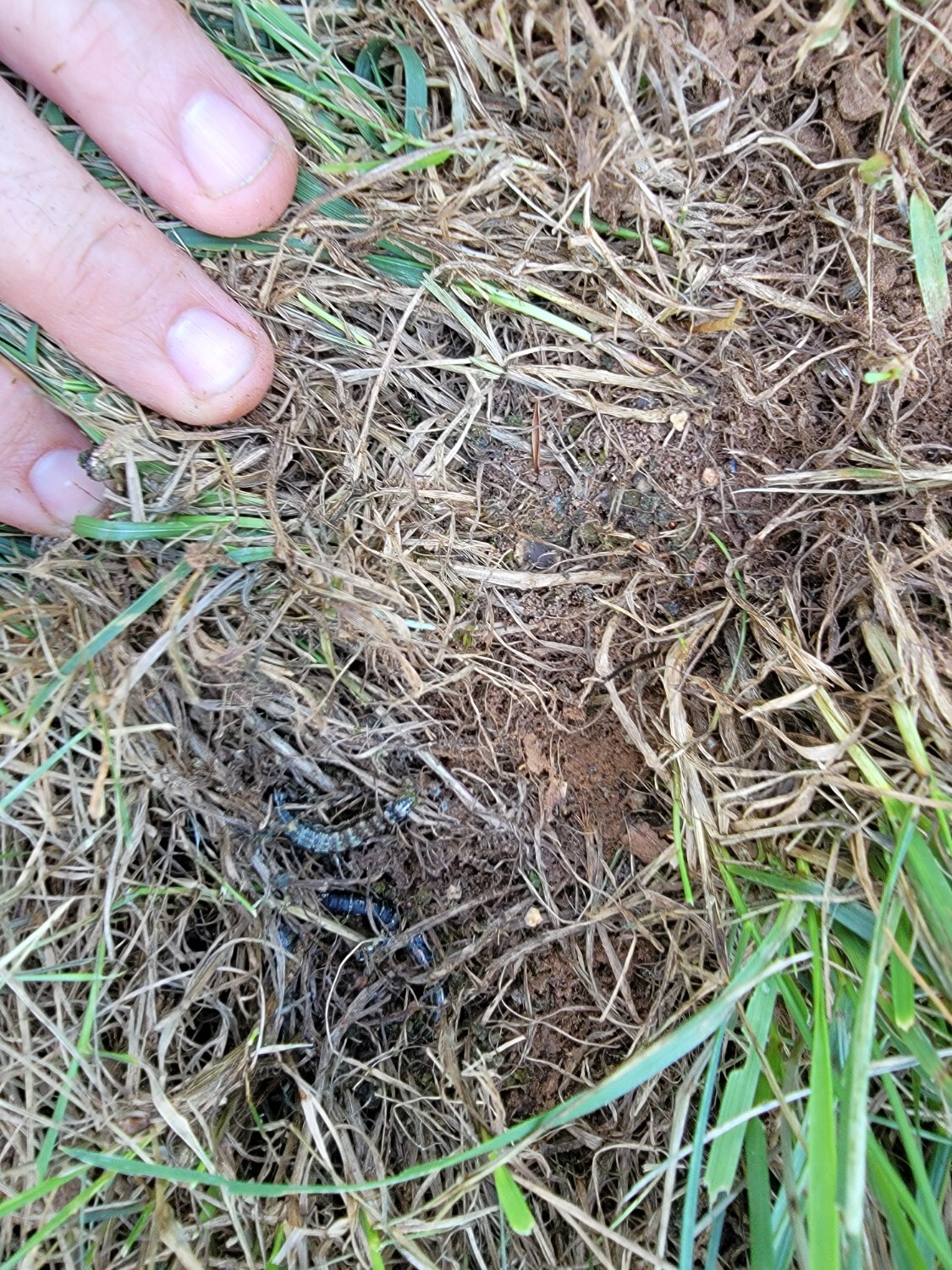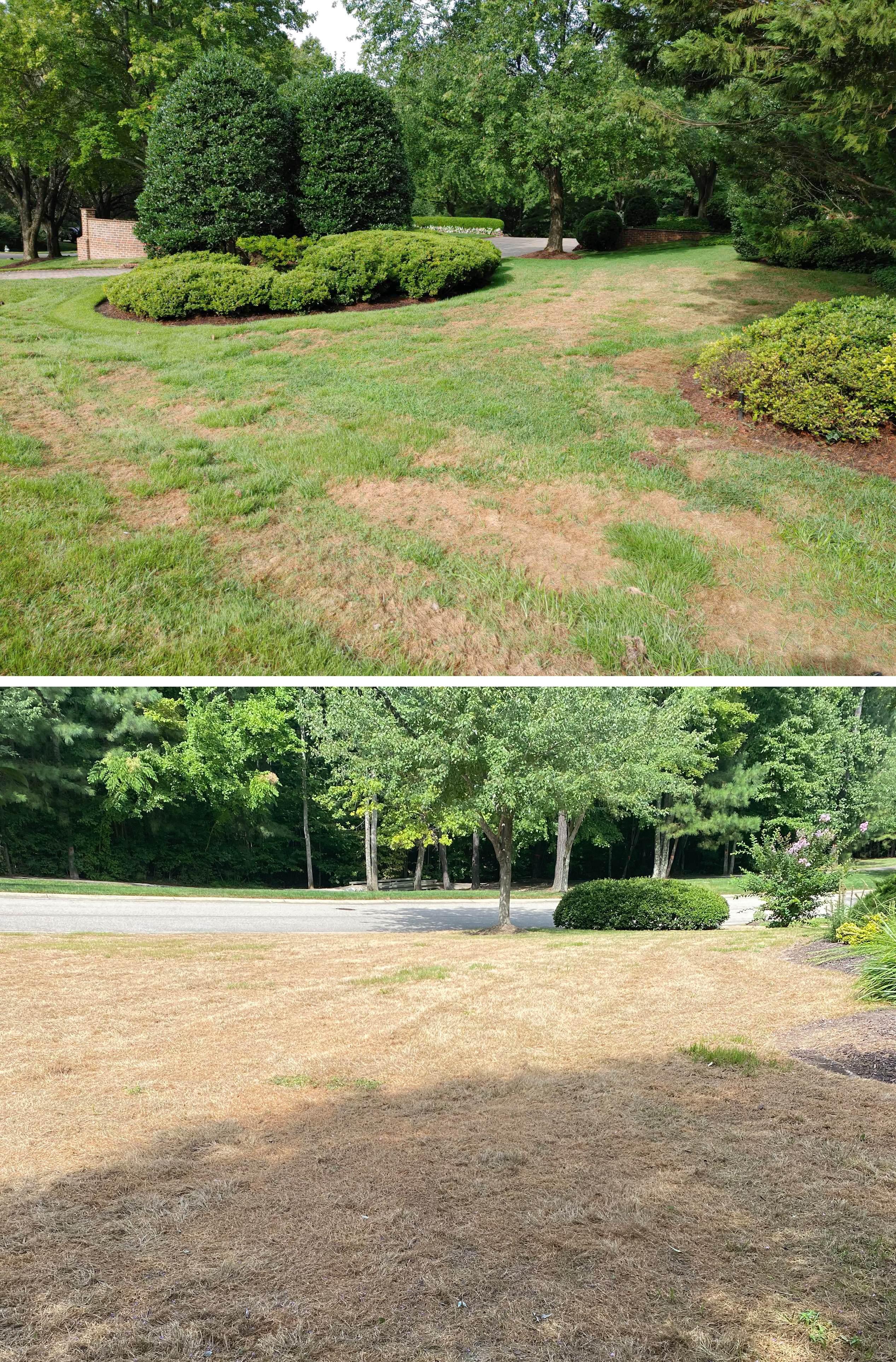What is an Armyworm?
Fall armyworms are generally a more prevalent pest in the southern areas of the United States and can dramatically invade a lawn in a matter of hours. The larvae of flying moths, armyworms are active in early morning or early evening, consuming blades of grass and other low vegetation. Storm fronts and periods of heavy rain and wind can drive armyworm populations north, spreading damage to wider areas.
What Do Armyworms Look Like?
Armyworm larvae are generally one quarter inch to one inch in length and can vary in color, including pinkish green, light tan, green, or nearly black with stripes running the length of the body. Excessively high populations of armyworms can give a lawn the appearance of movement. Birds feeding on the lawn can strongly indicate armyworm activity during late summer and early fall.
What is the Armyworm Life Cycle?
Adult armyworms lay eggs on grass. The larvae begin feeding on the blades as soon as they hatch. Larvae complete feeding in three to four weeks, then move under debris or into the soil, burrowing two to three inches deep to pupate. About two weeks later, moths emerge from pupal cases, mate, and lay eggs for the next generation.
With regularly mowed grass, fall armyworm larvae spend the warmer hours of the day deep in the turf. If all food is consumed in an area, worms often move in hordes or "armies," eating and destroying vegetation as they move. In rare instances, populations may soar to 100 larvae per square foot of lawn.
What Damage Do Armyworms Do?
Armyworms will not generally kill a lawn through feeding, but the turf will become heavily damaged. If left untreated, this can cause patches of lawn to die. Damage from armyworms can be extensive and occur very quickly. After larvae feed on a lawn, it will appear ragged.
How Do I Treat Armyworms?
It is extremely important to detect and control armyworms while they are small and before extensive damage is done. NaturaLawn of America offers control options, and a fertilizer treatment quickly after symptoms present. Check with your technician to see if your lawn shows signs of armyworm damage. If you’re wondering how to get rid of armyworms, or suspect you have an armyworm population on your property, contact NaturaLawn of America today.










